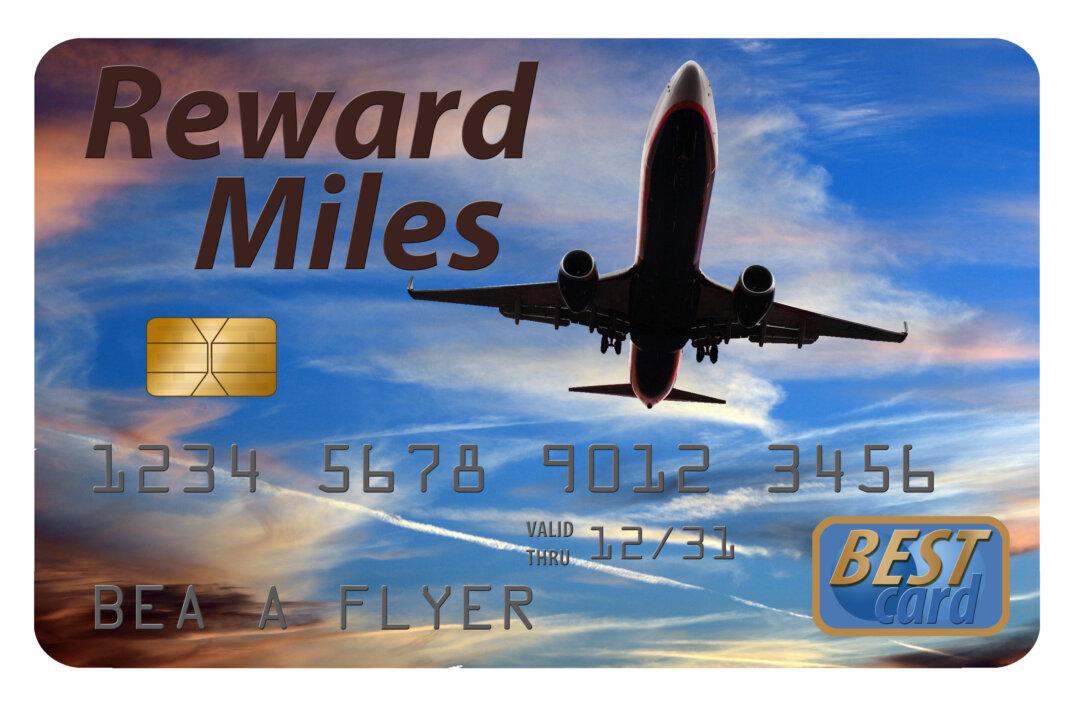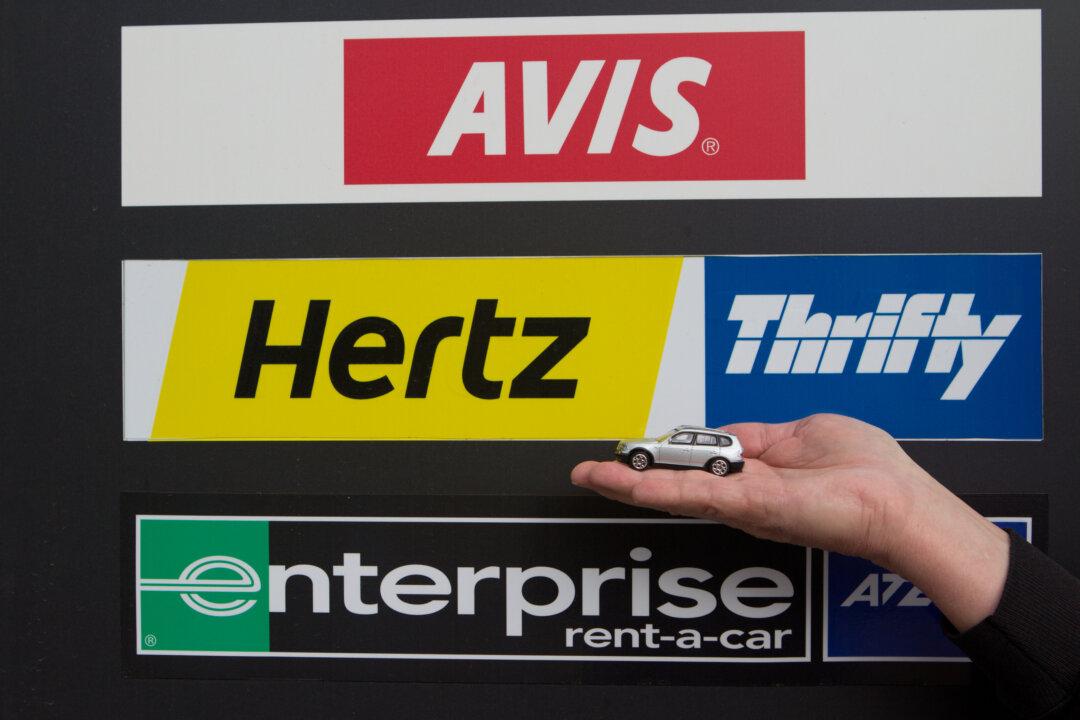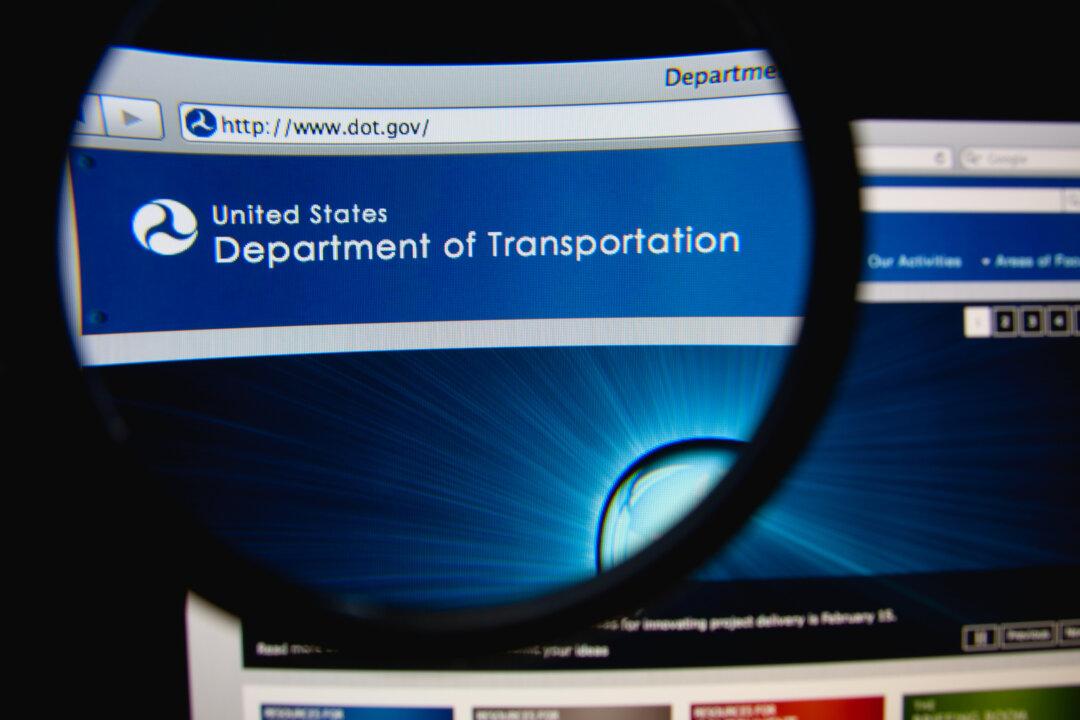If you’re tired of wandering through towns consisting mainly of souvenir shops, or mad dashes past famous landmarks in a tour bus, consider a cruise that’s mainly about cruising. As you might figure, the mass cruise market is seasonal: summer peaks in Europe, the Mediterranean, and Alaska, and winter peaks in the Caribbean, Bahamas, and warm-water coastal resorts. The big cruise lines “reposition” their ships accordingly, which means one-way transatlantic trips eastbound in spring and westbound in fall.
Typical repositioning cruises last two to 10 weeks. Departure and arrival ports vary depending on planned future itineraries, but they include the most popular ship base ports on both sides of the ocean—Barcelona, Southampton, and Civitavecchia in Europe, South Florida, Galveston, and New York in the United States. For the most part, they’re designed to get a ship from where it ends one season to where it starts its next season. The focus is being at sea, but some trips make one or two port calls at the Azores, Madeira, The Canaries, Bermuda, or the Bahamas.
As noted, the focus is being at sea. The cruise ship’s amusements and entertainments remain fully active, so you won’t just have the ocean to look at.
Prices for repositioning trips can start at less than $200 per couple per night—a bargain considering it includes transport, room, meals, and entertainment. Last-minute inside cabins can sometimes be available or close to the magic figure of $100 per couple.
My directional preference is eastbound. Losing one hour every other day is a lot easier on the jet lag than losing five or more hours over a single night on a plane. You should be ready to go when you arrive.
The ultimate in cruising may well be a freighter trip. Many freight liners, from a small tramp to a mega-container ship carry accommodations for a few passengers. These cruises provide a completely different experience than the big passenger cruise lines. There are no shows, no amusements, no elegant dining venues, no kiddies’ play areas, no entertainment—you want a musical, bring along some DVDs and a player.
Passenger-carrying fright trips operate around the world—in fact, some literally operate a round-the-world itinerary. Routes to/from the U.S. to Europe and the Far East are popular.
Unfortunately, Covid pretty much shut down the freighter cruise marketplace—shipping companies didn’t want to have to cope with any more medical problems than necessary. Currently, as far as I can tell, the only freighter cruises currently operating are in the Gulf of St. Lawrence and South Pacific.
Pre-Covid prices were generally estimated at around $100 per person per day. Total costs were high because so many voyages last three or more weeks.
A final cruising note. If you’re anything like I am, one reason you haven’t taken a cruise recently is the problem of internet access. I know my withdrawal symptoms are awful. Well, fear not—most cruise lines now offer internet through a shipboard Wi-Fi network at reasonable prices. Typical costs now run around $20 a day for service that’s usually fast enough to stream a movie and more than enough to keep you up with your email and other messages. It’s satellite-based, and although not as fast or reliable as a good cable connection, it’s good enough to keep you as online as you’re likely to want.







